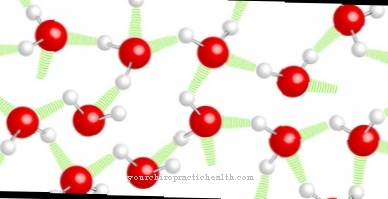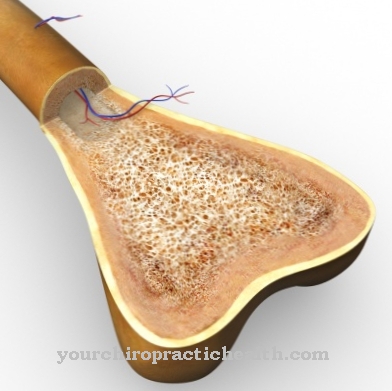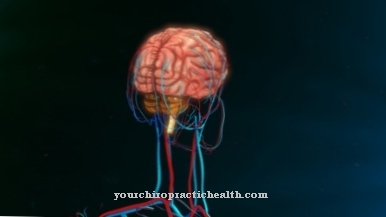The Lactation describes the time window in which the mother breastfeeds her baby. During this time, it feeds exclusively or mainly on breast milk until it runs dry, the baby no longer wants it or the mother decides to stop breastfeeding herself.
What is the breastfeeding period?

Breastfeeding begins immediately after birth, as soon as the baby drinks breast milk for the first time. It lasts for different lengths of time. In addition to breastfeeding as needed, the WHO recommends letting the breastfeeding period last as long as possible, as breast milk is the best source of food for a baby.
A child can be breastfed beyond the first year of life. In fact, breastfeeding ends earlier for many mothers, be it because they want it or because breast milk begins to run dry earlier and the baby no longer adequately satiates.
The mother's body is preparing the approaching breastfeeding period during pregnancy. The mammary glands of the female breast begin to produce the first breast milk shortly before birth. Their composition is somewhat different from that of the later breast milk, which is produced during the majority of the breastfeeding period. It contains valuable antibodies and contains more fat in order to initially strengthen the baby after birth.
Hormones released after the child is born stimulate further milk production. Breastfeeding usually ends on its own after a few months, when the milk production decreases and finally stops. However, the end of breastfeeding can also be stopped by administering medication that stops the breast from producing milk.
Function & task
Breastfeeding fulfills two essential functions. It nourishes the baby and creates a close bond between mother and child, as they inevitably are physically very close and spend time together during breastfeeding.
Babies are born without teeth and with a very immature digestive tract. They also hardly have their own immune system in the first few weeks and months. They have their mother's nest protection, but they have yet to develop their own immune cells. The composition of breast milk in the different phases of breastfeeding is therefore different in order to meet the current needs of the baby.
Immediately after the birth, the start of breastfeeding also means that the baby will eat the first food. It is supplied with nutrients again for the first time after birth, but these are no longer absorbed through the placenta, but through breast milk.
During the first few days of breastfeeding, breast milk contains a lot of fat, looks thicker and yellowish. This is also due to the high content of immune cells that the mother can now give to her child. A side effect of early breastfeeding is the effect of breastfeeding on the regression of the uterus. When the baby drinks, it releases hormones that accelerate the regression - this is why breastfeeding can be associated with noticeable uterine contractions in the days after the birth. As the breastfeeding period progresses, breast milk becomes lighter and thinner, because it now only contains the nutrients that the mother herself takes in in the form of her own food.
At best, the breastfeeding period lasts until the baby has first milk teeth and begins to be interested in solid foods. Now he needs less breast milk and signals this by drinking less of it. This signal serves as a sign for the woman's body that the breastfeeding period can now end.
Illnesses & ailments
Breastfeeding is not an easy time, because problems can arise again and again during its course. These sometimes begin before breastfeeding has even begun, for example when the woman cannot produce enough milk to satisfy her baby. This can have hormonal causes, but it can also be due to stress and recur in every phase of breastfeeding. Stress in particular can lead to the fact that the mammary glands no longer produce any milk and the breastfeeding period ends.
Breast infections and irritated nipples are not uncommon during the entire lactation period. The suckling baby, which needs food every few hours, is a heavy burden on the already sensitive skin. Milk congestion, which often leads to breast inflammation, is almost as common. It occurs when too much milk accumulates in the breast, for example because the baby is not drinking enough or not drinking properly or the woman does not offer both breasts equally.
The baby sometimes causes difficulties if it cannot be put on or if it is confused, as soon as it has to be fed with powdered food. Further difficulties arise during breastfeeding when the mother has to take medication, as these can be passed into breast milk and passed on directly to the baby. In these cases, breastfeeding should usually not be carried out. A consultation with the doctor is necessary here.


.jpg)





.jpg)



















